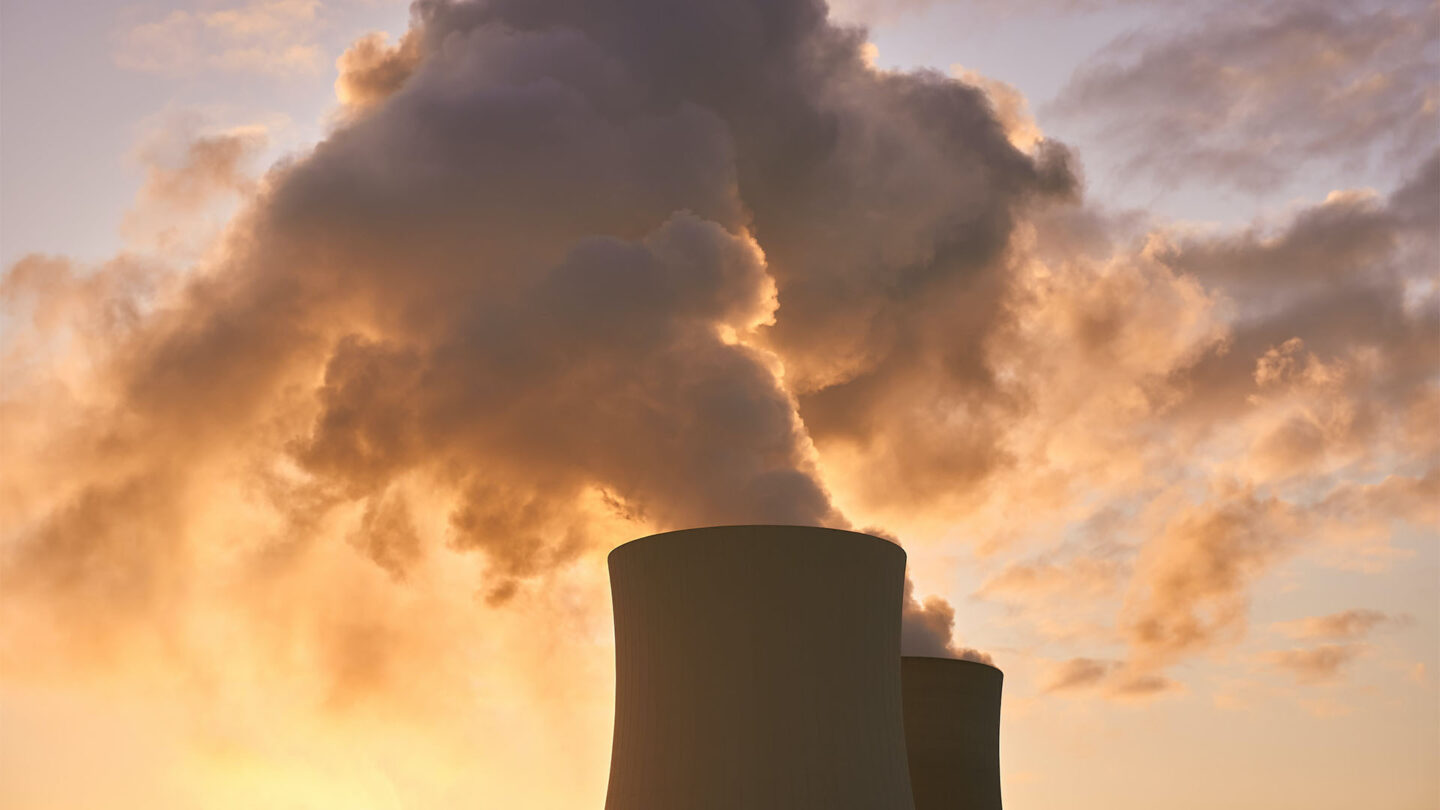Wednesday 15th November 2023
In the last in our series of blog post on the changing landscape of waste legislation, we’re breaking down the impact of the UK’s proposed carbon Emissions Trading Scheme (ETS). The Department for Energy Security and Net Zero (DESNZ) announced in July 2023, that it intends to add Energy from Waste (EfW) facilities to the list of carbon emitters covered by the UK’s carbon ETS. The November Budget statement re-affirmed this position As most UK waste is disposed at EfW sites, this technical sounding change will impact all businesses, and we’re exploring how below.

Image of fumes
What is Emissions Trading?
The UK ETS is a system designed to cap the total level of permitted greenhouse gas emissions by mandating that businesses buy a ‘permit’ or ‘allowance’ for each unit of their emissions. The price of these permits is set through a trading system, and businesses can bid for permits or trade them with one another. That process puts a price on emitting carbon, with the cost of emitting designed encourage businesses to reduce their emissions, simply meaning: less greenhouse gasses.
The UK ETS covers energy-intensive industries, power generation, and most flights within Europe. It is similar in scope to the EU scheme that we were part of prior to Brexit, except that the maximum emissions cap has been set a little lower, in line with the UK’s more ambitious net zero target.
Initially, EfW facilities were exempt because of the essential “sanitary” function they provide, burning waste that would otherwise be sent to landfill. But the Government has been under pressure to amend its position; and that is what this summer’s announcement by DESNZ did.
Applying the ETS to EfW facilities will significantly impact the economics of the waste sector. It is expected that it will add £50-£100 per tonne to the cost of burning waste. This could mean a collection price increase for a 1100l general waste bin of around £3.
This aim of this change is to drive decarbonising behaviour. Burning waste is more carbon intensive than recycling, therefore in theory, the extra cost will drive the reduction in general waste and encourage better recycling/reusing practices.
However, one facet of the system is that the carbon price only applies to what is known as ‘fossil carbon’. That is carbon derived from oil and coal. In the general waste stream, almost all fossil carbon comes from plastic. Burning waste containing paper and wood will not be impacted. Working out what proportion of the carbon is the waste stream is ‘fossil’ is complicated and that is one of the challenges the industry is now addressing.

Image of Fossil Carbon
When will the UK ETS come into force?
Based on the current timeline, the UK ETS is expected to come into force in 2028. However, as we know with new legislation, nothing is ever set in stone! The ETS will interact with existing waste legislation and emerging waste policies to (hopefully) increase recycling and reduce carbon emissions. Burning waste today produces about 7.5 million tonnes of fossil carbon per year, so reducing this is essential.
Over the next three years, we can expect technical guidance to clearly specify:
- How cost pass-through of the fossil carbon to waste producers (e.g. businesses) will work
- How the fossil carbon of waste will be measured
- The monitoring, reporting, and verification protocols to be developed and agreed with industry.
We can particularly expect so see policies to increase plastics recycling.
Incentivising Investment
The primary purpose of extending the ETS to the EfW industry is to incentivise the industry to decarbonise. By making it more expensive to burn waste rather than recycle it; extending the ETS to EfW encourages ‘right’ behaviours by pushing companies to invest more in recycling. This is a change that must be made if the UK wants to decarbonise and reach net zero by 2050 and do its part in fighting the climate crisis.
We used information from the following sources:
https://www.statista.com/statistics/486041/co2-emission-from-waste-collection-and-treatment-uk/
https://www.no-burn.org/app/uploads/Plastic-is-Carbon-Oct2021.pdf
